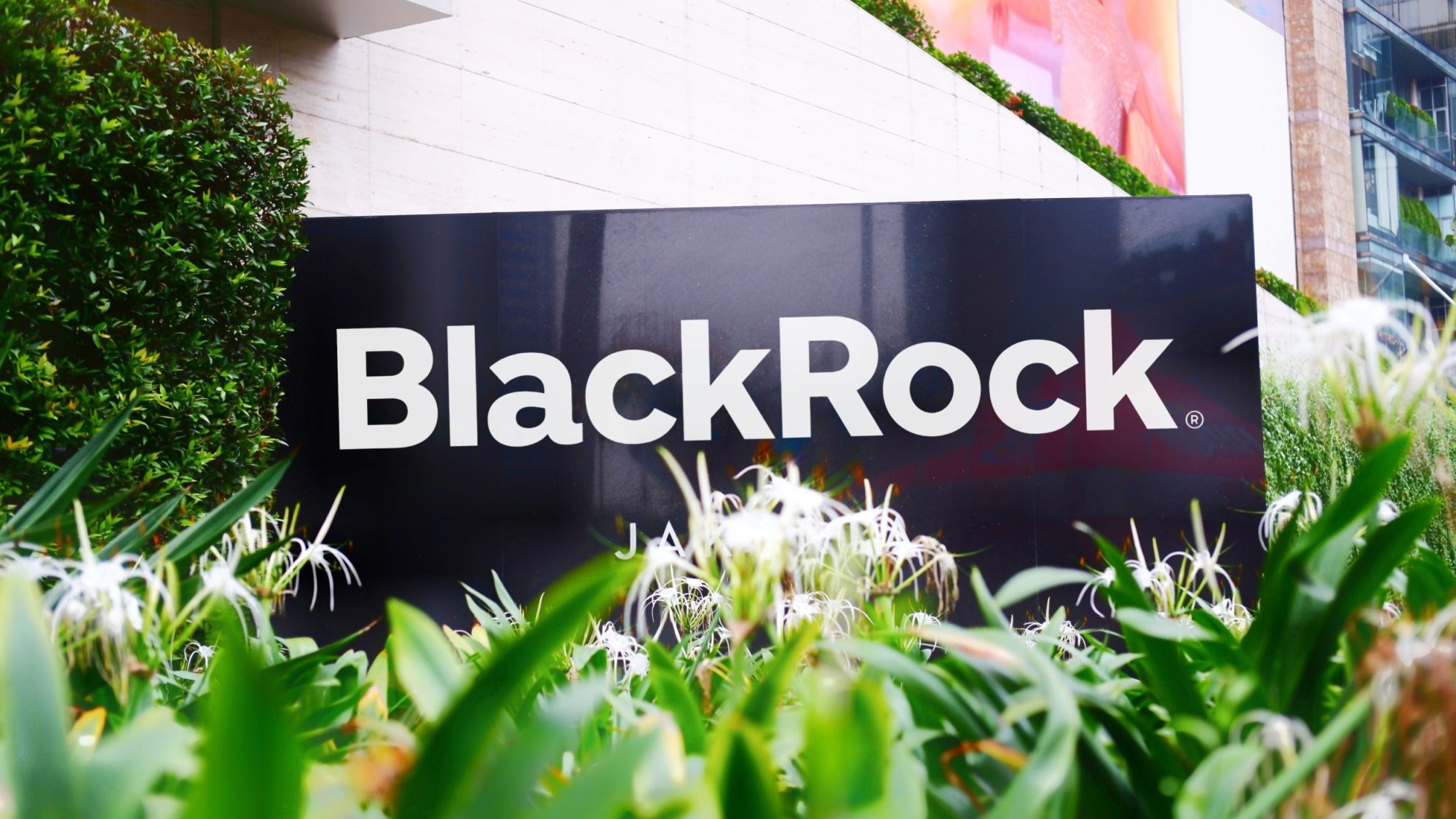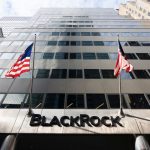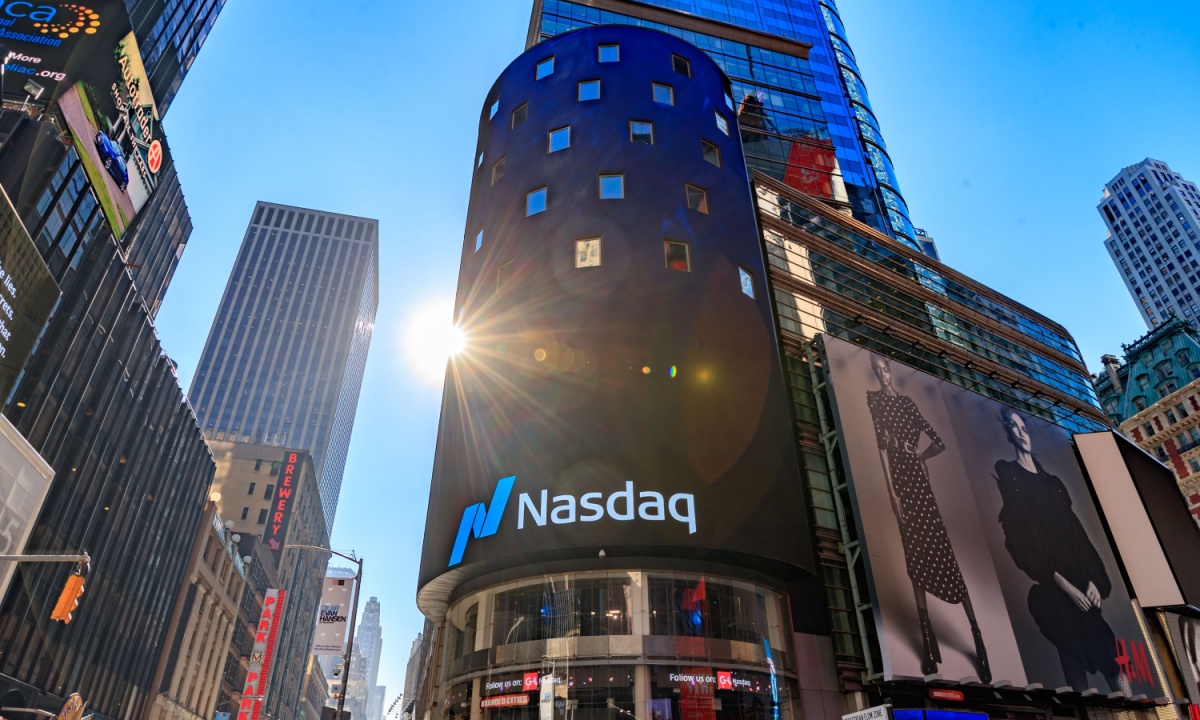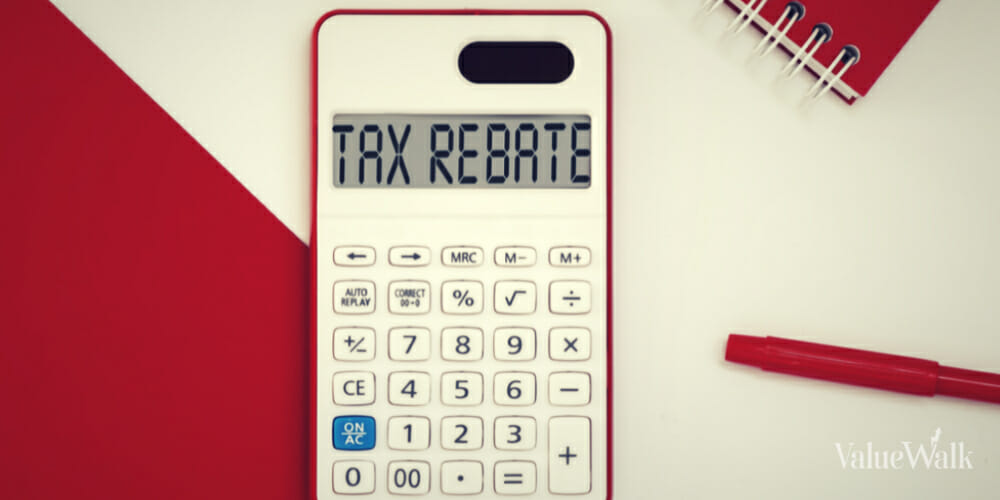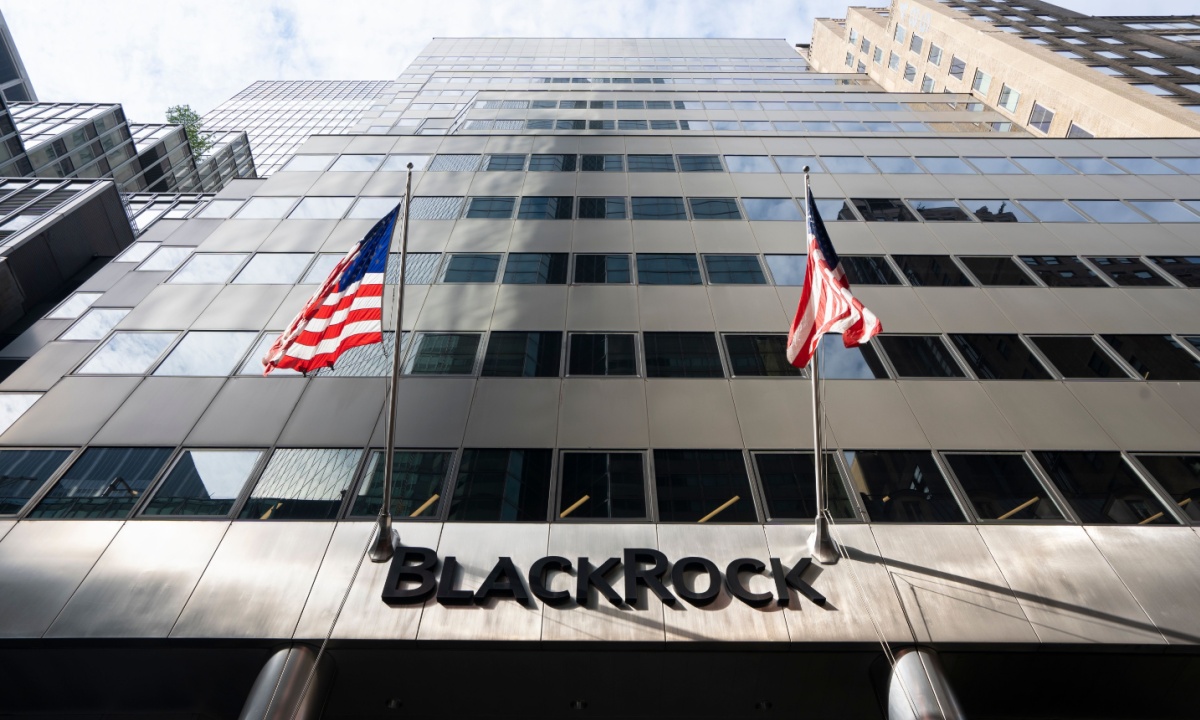With BlackRock looking poised to continue its long streak of dominance, we examine what a $5,000 purchase of the stock in 2014 would look like now
BlackRock (NYSE:BLK), the world’s largest asset manager, just made big news when it acquired private-market data company Preqin. Long term, the goal is to deliver a robust new revenue stream in the private-equity space and boosting BlackRock stock.
The acquisition could help BlackRock continue its dominance in the asset management space, just as it has for the past 15 years or so since it acquired Barclays Global Investors, or BGI.
Let’s look at how BlackRock stock fared over that stretch, particularly in the past 10 years. If you invested $5K in BlackRock stock 10 years ago, this is how much you would have now.
Catalysts for BlackRock’s success
BlackRock stock has benefited from two primary catalysts over the past 10+ years. The first is the 2010s bull market, the longest in history.
The bull market ran for 11 years, from March 2009 through February 2020, ending with the start of the pandemic. A bull market is loosely defined as a period in which the market rises 20% or more, on average, over an extended period.
As an asset manager, BlackRock generates the bulk of its revenue from fees for managing investor portfolios. Those fees are based on the firm’s assets under management (AUM), so the higher its AUM goes, the more revenue BlackRock makes.
Thus, a long bull market with rising asset levels in the firm’s funds and investments propelled BlackRock’s revenue and earnings consistently higher.
The second major catalyst is BlackRock’s dominance in exchange-traded funds. While the firm did not invent ETFs (that was State Street), it has surpassed all competitors to become the leader in this space.
Currently, BlackRock has about $3.5 trillion in ETF assets under management, with some 442 different ETFs available to investors. The next-closest competitor is Vanguard, with around $2.7 trillion in ETF assets managed.
ETFs have been the fastest-growing and most-disruptive trend in the industry over the past 20 years. Since 2016, ETF assets have increased some 15% annually, and that is expected to continue with the proliferation of actively managed ETFs in recent years.
With its established leadership in the space, BlackRock should continue to benefit over the long term. It has been on the leading edge of trends in ESG investing, and now potentially, it could be moving into private-equity indexing after the Preqin deal.
BlackRock stock doubles in value
If you look back over the past 10 years, BlackRock stock was trading at around $323 per share on July 3, 2014.
It had been on a steady path higher until the pandemic hit in 2020. In February 2020, BlackRock stock soared to $572 per share, but a month later, it had fallen back to $357 per share on March 16, 2020.
However, it would have been a bad idea to sell at that point as BlackRock has since recovered, fueled by the 2021 and 2023-24 bull markets. The stock reached a closing high of $966 per share in November 2021, and following a drop in 2022 due to the bear market, it is currently trading at $789 per share as of July 3.
Since then, BlackRock stock has more than doubled in value, with a total return of 144% and a 10-year annualized return of roughly 12.3%, including reinvested dividends.
How much would you have now?
If you invested $5,000 in BlackRock stock in July 2014, that would have bought you approximately 16 shares. Including reinvested dividends, that investment would have grown to about $16,000 today based on the 12.3% annualized growth rate. Without dividends reinvested, it would be a 9.3% annualized return.
If you had invested another $100 per month in BlackRock stock, the total now would be about $38,500.
For perspective, BlackRock has slightly trailed the S&P 500 over that same 10-year period. The S&P has returned about 12.9% per year on an annualized basis with dividends reinvested and 10.8% not counting dividends.
The upshot is that BlackRock has been a solid, if not spectacular investment over the past 10 years. Investors need to be mindful that it is very cyclical, surging in good times and tanking when the market heads south.
If you are bullish on the markets, you may want to consider this market leader, but if you are lukewarm or bearish, then you may find better options elsewhere.



